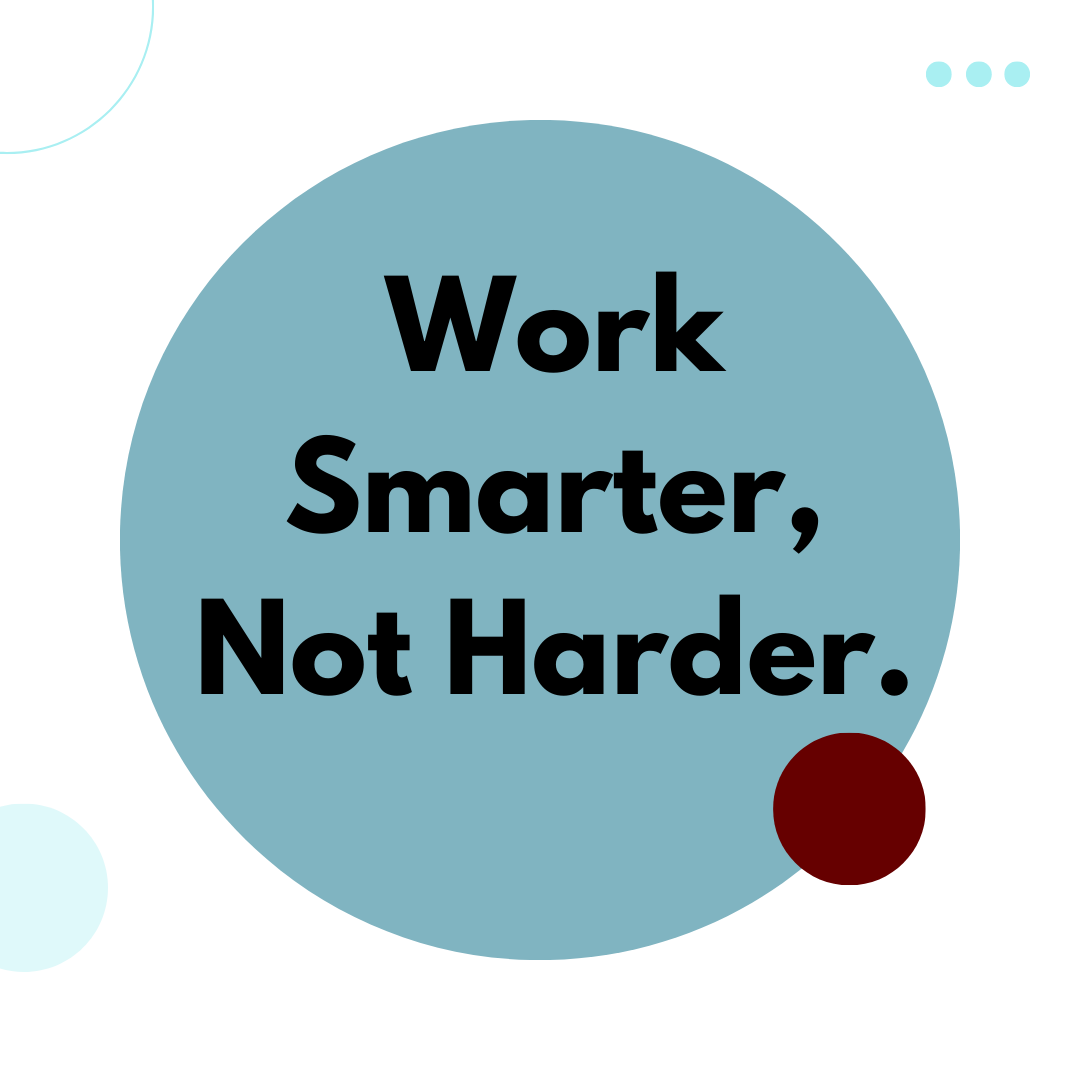
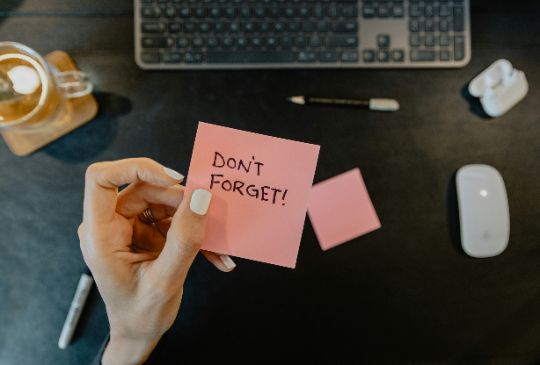
How Memory Works:
A Quick Breakdown
Test-Taking Tip: Don't overwhelm your brain.....Repeated review of small chunks over time, and active engagement (like quizzing yourself) are how you get information to “stick” in long-term memory for exam day....remember, trying to cram right before means the information gets lost because it is only in short term memory!
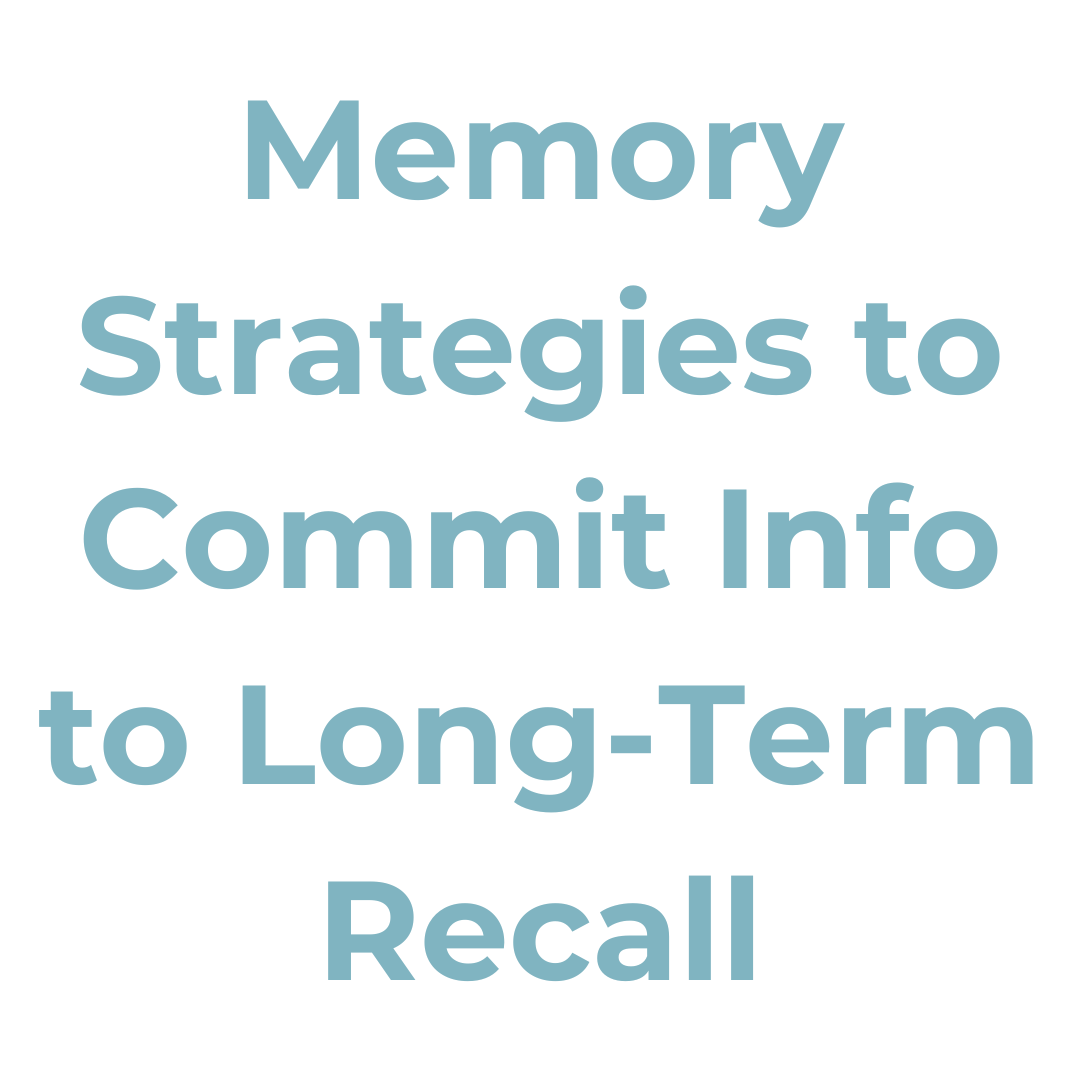
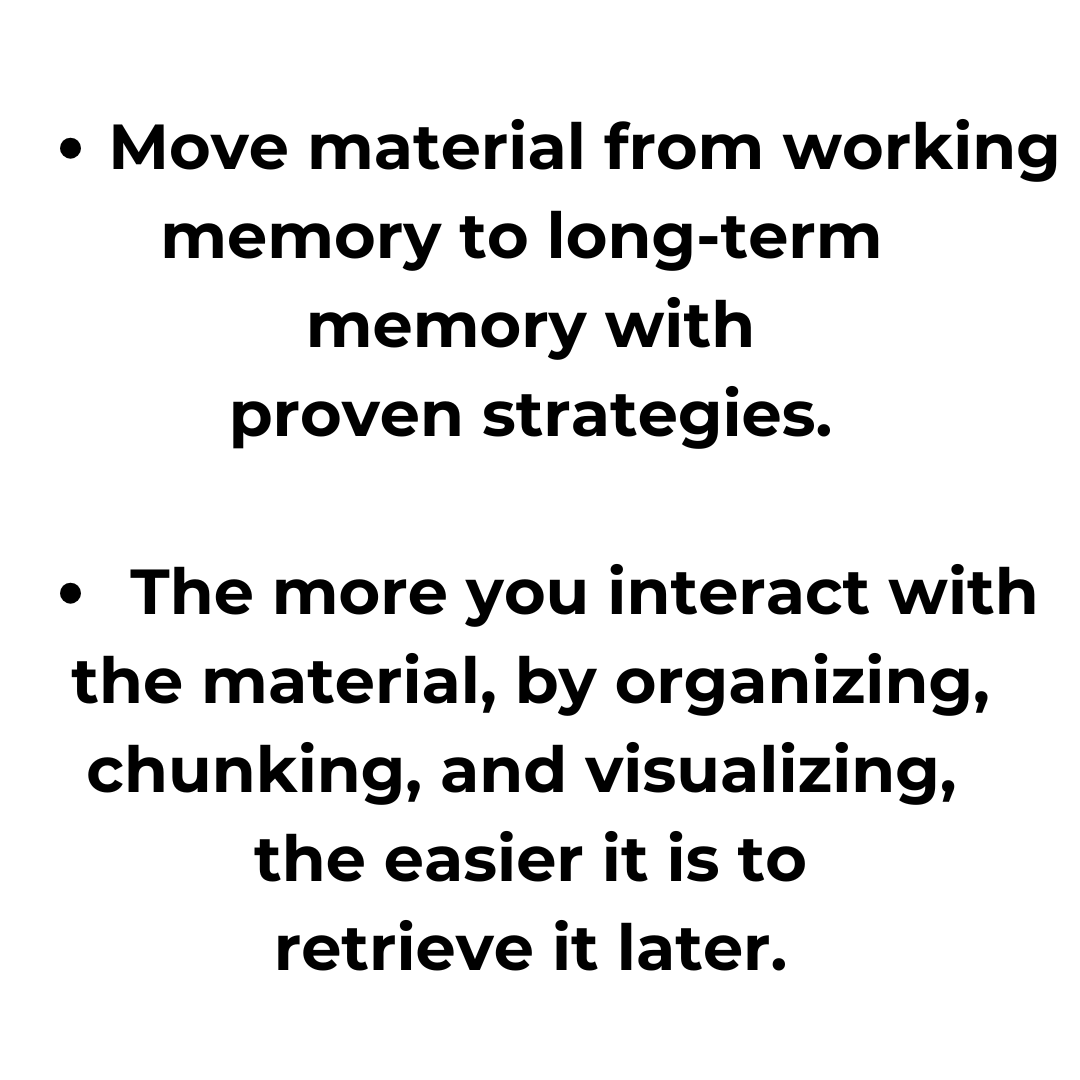
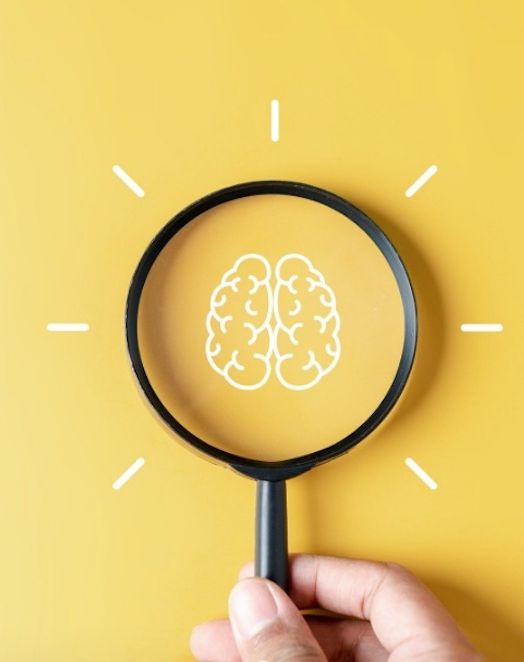
The key is to organize and actively encode
what you're learning. Here's How:
Memory Techniques & Quick Examples
Acrostics
- Make up a funny sentence where the first letter of each word cues something important.
- Example: “My Very Educated Mother Just Served Us Nachos” = Planets (Mercury, Venus, Earth, Mars...).
Acronyms
- Create a memorable word from the first letters of the material.
- Example: HOMES for the Great Lakes (Huron, Ontario, Michigan, Erie, Superior).
Create a Chart
- Organize key info into tables or diagrams.
- Example: Venn diagrams for comparisons or charts for pros/cons lists.
Make Important Facts Stand Out
- Highlight, bold, or write big key terms. Add visuals, emojis, or symbols to make them pop on the page.
Group Into Chunks
- Break info into smaller “chunks” like phone numbers: 123-456-7890.
- Why? Your brain processes small groups of information better than long, unbroken lists.
Visualization
- Turn facts into mental images. The weirder or funnier, the better!
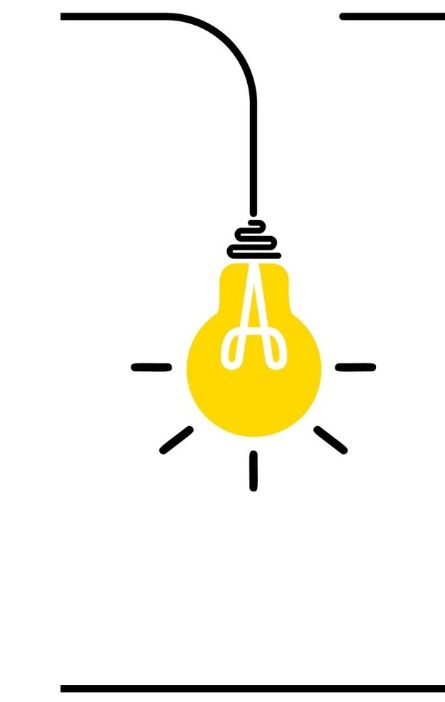
Memory Strategies for
Neurodivergent Learners:
For Auditory Learners
- Record lectures or read notes aloud and listen back.
- Use rhymes, chants, or songs to memorize material.
- Teach it out loud to someone else (or pretend to).
For Visual Learners
- Use color coding, charts, and diagrams to organize notes.
- Make flashcards with visuals, like symbols or doodles.
- Watch videos or use visual apps (like mind-mapping tools).
For Kinesthetic Learners
- Write notes by hand while pacing or standing.
- Use physical objects (like flashcards or models) to act out concepts.
- Pair movement with studying: tap your foot or toss a ball while reviewing facts.
© 2025 All rights reserved.